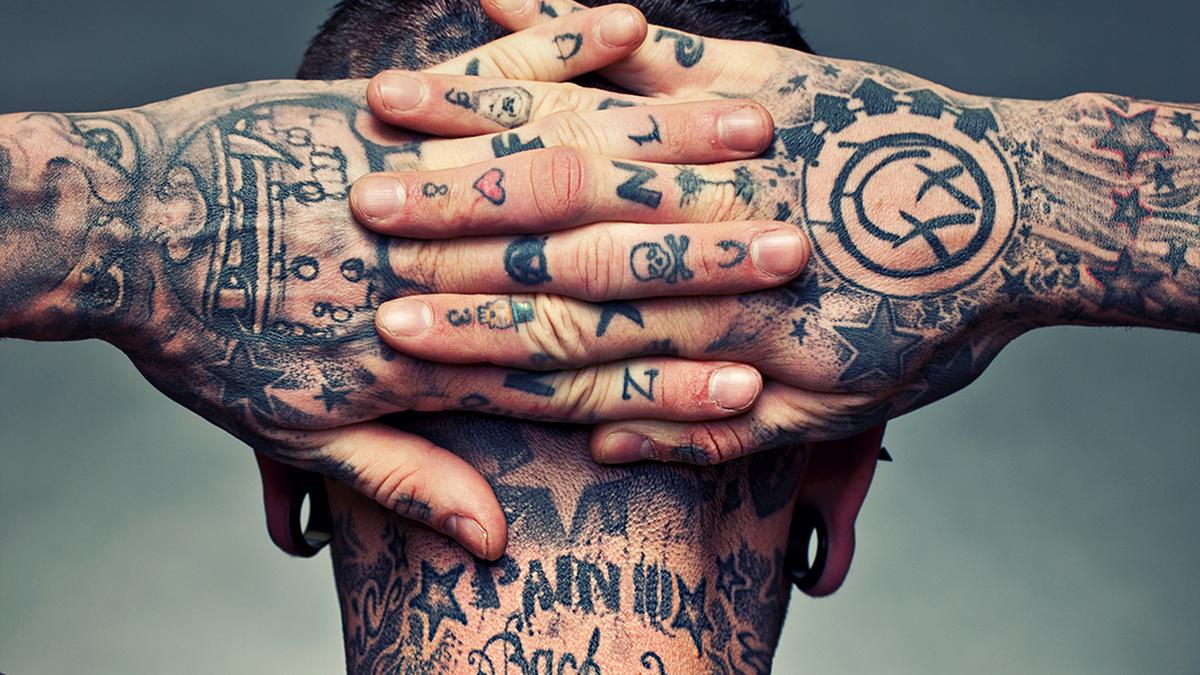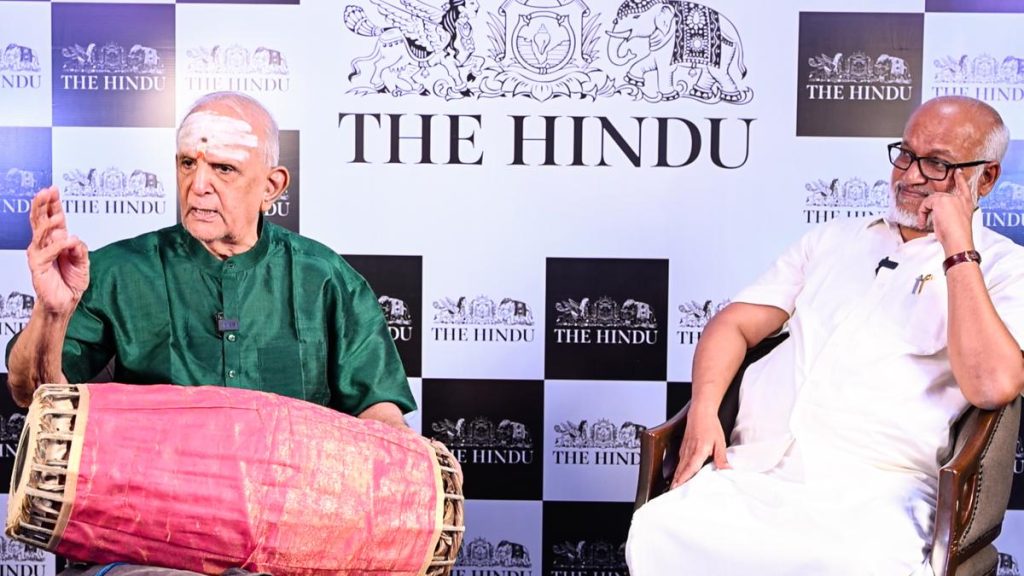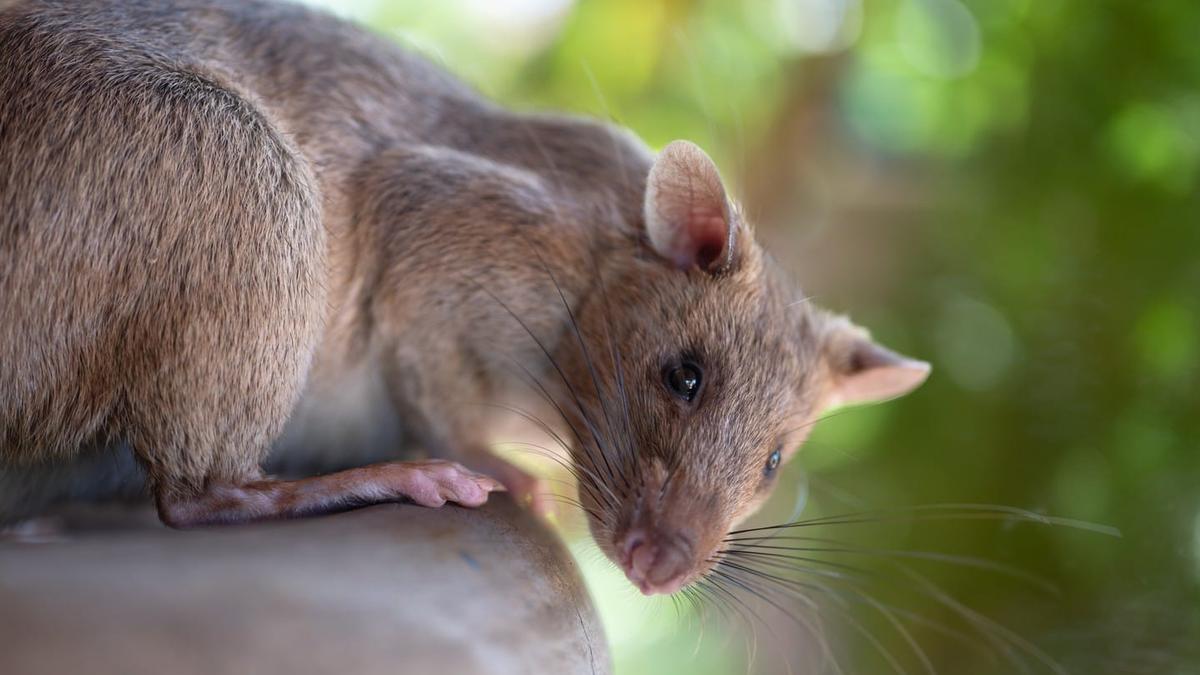Now Reading: How Tattoos Affect Your Body
-
01
How Tattoos Affect Your Body
How Tattoos Affect Your Body

Rapid Summary
- Tattooing involves embedding ink into the skin’s dermis layer using needles that can move 50 to 3,000 times per minute.
- Ink contains pigments from carbon,heavy metals,and synthetic dyes that trigger an immune response.
- The body’s reaction includes redness and inflammation; not all ink is removed by macrophages and may remain in skin cells.
- Complications from tattooing can include infections, allergic reactions, scarring or keloids, notably with unregulated practices in India.
- Safety regulations vary globally; European Union has banned hazardous inks while US FDA monitors pigments. India lacks standardized protocols.
- Researchers are developing safer biodegradable inks and improved laser removal techniques.
Indian Opinion Analysis
The rise in tattoo popularity emphasizes the need for stringent safety regulations in India to prevent health risks associated with unregulated practices. The lack of standardization poses threats such as infections or scarring. Implementing consistent quality control measures could mitigate many adverse reactions noted by experts. Safeguarding public health requires collaboration between regulatory bodies and the tattoo industry to enhance practices like hygiene protocols and ink certification. Awareness campaigns could empower individuals to make informed decisions about tattoos.























